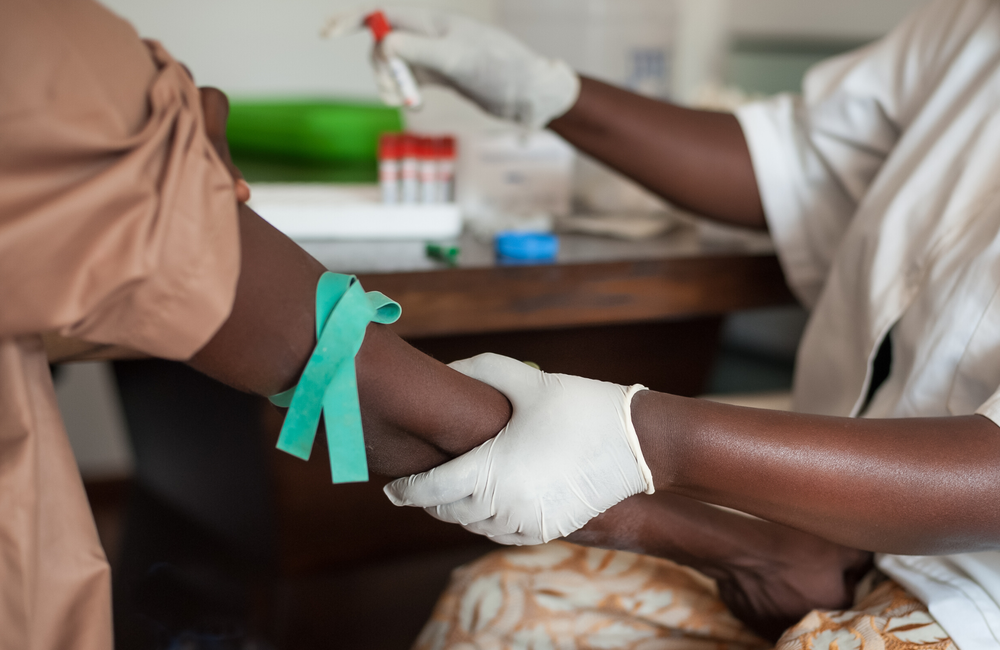
Dolutegravir resistance is being detected in people with HIV in Malawi who spend long periods on failing treatment and there is a pressing need for improved capacity to carry out resistance testing in sub-Saharan Africa, researchers in Malawi and South Africa report in the journal Open Forum Infectious Diseases.
Many countries in sub-Saharan Africa have implemented dolutegravir-based antiretroviral treatment as the preferred first-line regimen for adults starting treatment and transitioned people already taking other regimens onto dolutegravir.
One of the major reasons for preferring dolutegravir is that resistance to the drug rarely develops owing to its potency.
Dolutegravir resistance did not develop in participants in two major studies of dolutegravir-based first-line treatment in sub-Saharan Africa (ADVANCE and NAMSAL). There is limited evidence that dolutegravir resistance is more likely to arise after treatment failure in people with non-B HIV subtypes or high viral load or low CD4 counts, each of which may be more common in people living with HIV in sub-Saharan Africa.
Dolutegravir resistance may also arise if a person has resistance to the drugs used in the nucleoside backbone, usually tenofovir and either lamivudine or emtricitabine. This risk is especially relevant for countries where people move from non-nucleoside reverse transcriptase inhibitor-based therapy to dolutegravir but retain the tenofovir/lamivudine backbone, without viral load testing, as in Malawi. This carries the risk that people are transitioning from a failing regimen to functional dolutegravir monotherapy, increasing the likelihood of treatment failure.
However, systematic resistance testing after virologic rebound is rare in sub-Saharan Africa. Evidence is lacking regarding the prevalence of dolutegravir resistance in people who experience treatment failure in countries such as Malawi. Resistance testing after the failure of first-line treatment could enable dolutegravir to be used in second-line treatment if resistance to the drug is absent. Alternatively, if dolutegravir resistance is detected, a resistance test can identify which nucleoside reverse transcriptase inhibitors should be used in second-line treatment with a boosted protease inhibitor.
In Malawi, resistance testing may take place after people on dolutegravir-based first-line treatment experience viral rebound above 1,000 copies and viral load is not resuppressed after three months of intensive adherence support.
However, the decision to refer samples for resistance testing at South Africa’s National Health Laboratory Service must be taken by a national drug resistance committee. Between November 2020 and August 2021, 6,462 patients with virologic failure could have had resistance testing but only 87 were referred to the national drug resistance committee. The study investigators say that lack of funding and limited awareness of protocols for resistance testing referral explain the low rates of referral.
Thirty-four were rejected due to sub-optimal adherence and 20 samples could not be sent to South Africa after suspension of air travel due to COVID-19. Thirty-three samples were sent for testing and sequencing was successful in 27 cases.
Resistance testing detected dolutegravir resistance in eight patients. Five had suboptimal adherence as measured by pill counts and most had experienced long periods of viremia before referral for resistance testing, ranging from 3 months to 28 months (median 12.5 months). Viral loads at the time of referral ranged from 29,990 copies/ml to over 4.2 million copies/ml.
Most had intermediate-level resistance to dolutegravir and high-level resistance to lamivudine. Three had intermediate-level resistance to tenofovir and four had intermediate- or high-level resistance to abacavir and zidovudine. These resistance patterns suggest that three out of eight would not have sufficient NRTIs available to assemble an NRTI backbone for second-line treatment, even if they recycled lamivudine despite resistance to the drug.
All were susceptible to boosted protease inhibitors.
Recommended second-line treatment based on resistance test results consisted of either double-dose dolutegravir or boosted darunavir, combined with tenofovir and lamivudine. The study investigators say that their results probably over-represent the prevalence of dolutegravir in people on failing dolutegravir-based regimens in Malawi. Nevertheless, more information is needed about resistance to dolutegravir and its clinical management, they say. They want to see research on how to use drug resistance testing in Malawi and other countries in sub-Saharan Africa that currently lack the infrastructure to carry it out, as well as further research on the outcomes of treatment switches in the absence of drug resistance test results.
Van Oosterhout JJ et al. Dolutegravir resistance in Malawi’s national HIV treatment program. Open Forum Infectious Diseases, published online 5 April 2022.
